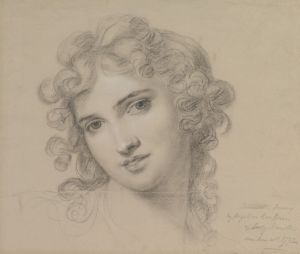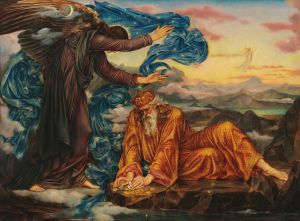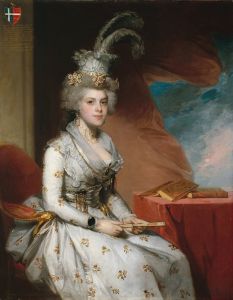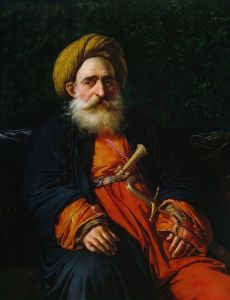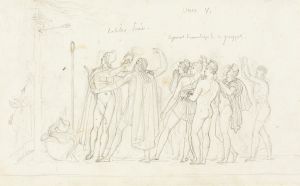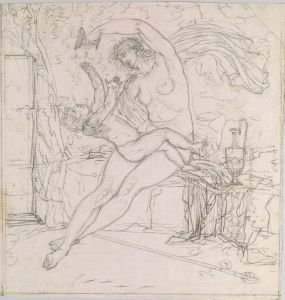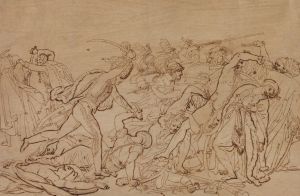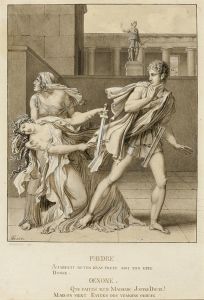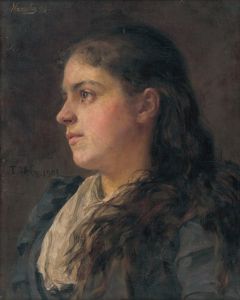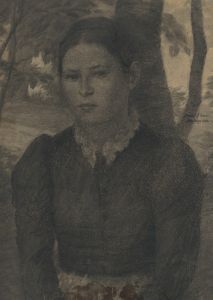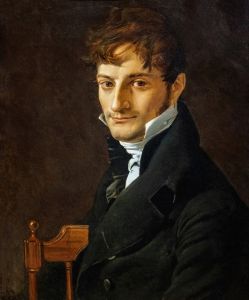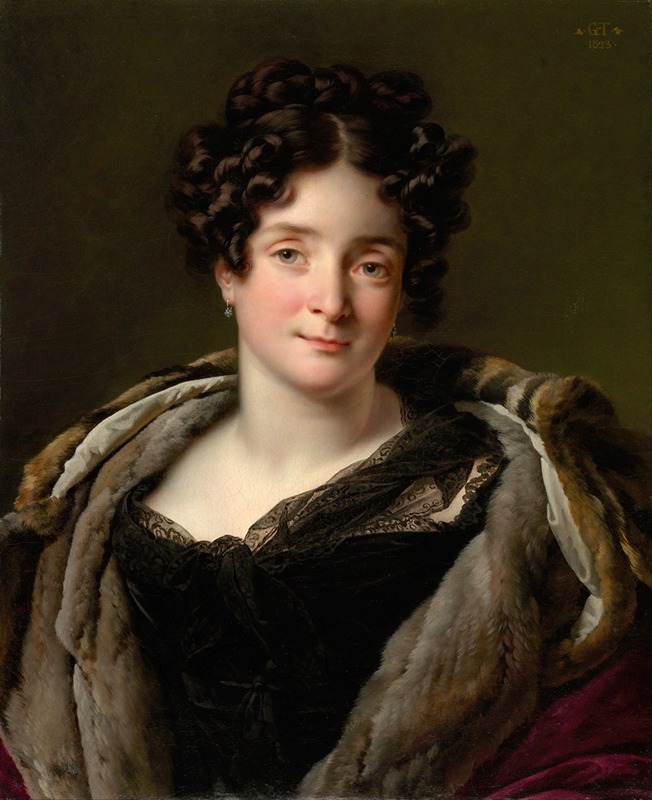
Madame Jacques-Louis-Étienne Reizet
A hand-painted replica of Anne Louis Girodet-Trioson’s masterpiece Madame Jacques-Louis-Étienne Reizet, meticulously crafted by professional artists to capture the true essence of the original. Each piece is created with museum-quality canvas and rare mineral pigments, carefully painted by experienced artists with delicate brushstrokes and rich, layered colors to perfectly recreate the texture of the original artwork. Unlike machine-printed reproductions, this hand-painted version brings the painting to life, infused with the artist’s emotions and skill in every stroke. Whether for personal collection or home decoration, it instantly elevates the artistic atmosphere of any space.
Anne-Louis Girodet-Trioson, a prominent French painter of the late 18th and early 19th centuries, is known for his contributions to the Neoclassical and Romantic movements. One of his notable works is the portrait titled Madame Jacques-Louis-Étienne Reizet. This painting exemplifies Girodet's skill in capturing the elegance and individuality of his sitters, as well as his meticulous attention to detail.
The subject of the painting, Madame Jacques-Louis-Étienne Reizet, is depicted with a refined and poised demeanor, characteristic of the portraiture style of the period. Girodet's use of light and shadow enhances the three-dimensionality of the figure, while his delicate rendering of textures, such as fabric and skin, demonstrates his technical mastery. The composition reflects the influence of Neoclassicism, with its emphasis on clarity, balance, and idealized beauty.
Anne-Louis Girodet-Trioson was a student of Jacques-Louis David, one of the leading figures of Neoclassicism. Girodet's work often reflects his teacher's influence, though he also developed a distinctive style that incorporated elements of Romanticism, particularly in his later works. His portraits, including Madame Jacques-Louis-Étienne Reizet, are celebrated for their psychological depth and the artist's ability to convey the personality of his subjects.
The exact date of the painting is not definitively documented, but it is consistent with Girodet's active period as a portraitist. The artwork is an example of the societal emphasis on portraiture during the late 18th and early 19th centuries, a time when commissioned portraits were a means of asserting social status and preserving personal legacy.
As of now, the painting is housed in a collection, though specific details about its current location or provenance are not widely available. Girodet's works, including this portrait, continue to be studied and admired for their artistic and historical significance, offering insight into the cultural and aesthetic values of the time.
This painting is a testament to Girodet's ability to blend technical precision with a nuanced understanding of his subjects, making it a valuable piece within the broader context of French art history.





